Biohydrogen: Production, Applications and Technology
In this book, the potential biofuel biohydrogen is studied in terms of its generation, applications, and technology. In the first chapter, Caroline V. Rodrigues, Kamili O. Santana, Lorena O. Pires, Michel Brienzo, and Sandra I. Maintinguer provide a theoretical assessment about the biological methods of hydrogen production, as well as examine their applications on research that has been done regarding waste degradation, encouraging sustainable systems for clean energy generation. In the second chapter, Fernando Grijalva-Hernández, Hugo Iván Velázquez-Sánchez, Juan Carlos Figueroa-Estrada, and Ricardo Aguilar-López present a study where a kinetic model for Hydrogen production by Desulfovibrio bacteria was substantiated using experimental data and used to conduct a local sensitivity analysis. Next, Biniam T. Maru, Magda Constantí, and Francesc Medina evaluate the way in which glycerol may be used to produce biochemical products through dark fermentation, as well as studying its use as a carbon source. Bringing the book to a close, Albanez, R., Lovato, G., Zaiat, M., Ratusznei, S.M., and Rodrigues, J.A.D. parallel AnSBBR that used pure substrates for hydrogen/methane production with AnSBBR that used hydrogen production runoff to produce methane.
{{comment.content}}

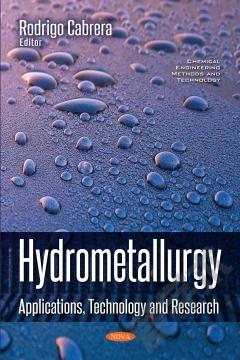
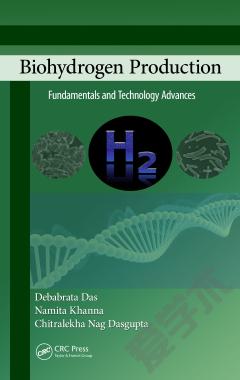
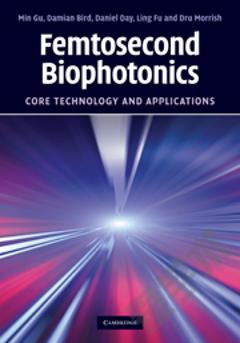
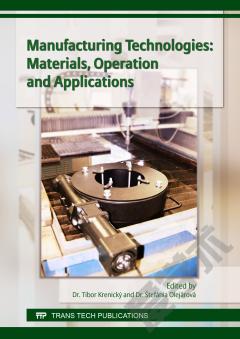
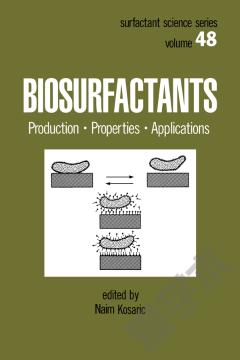


 京公网安备 11010802027623号
京公网安备 11010802027623号